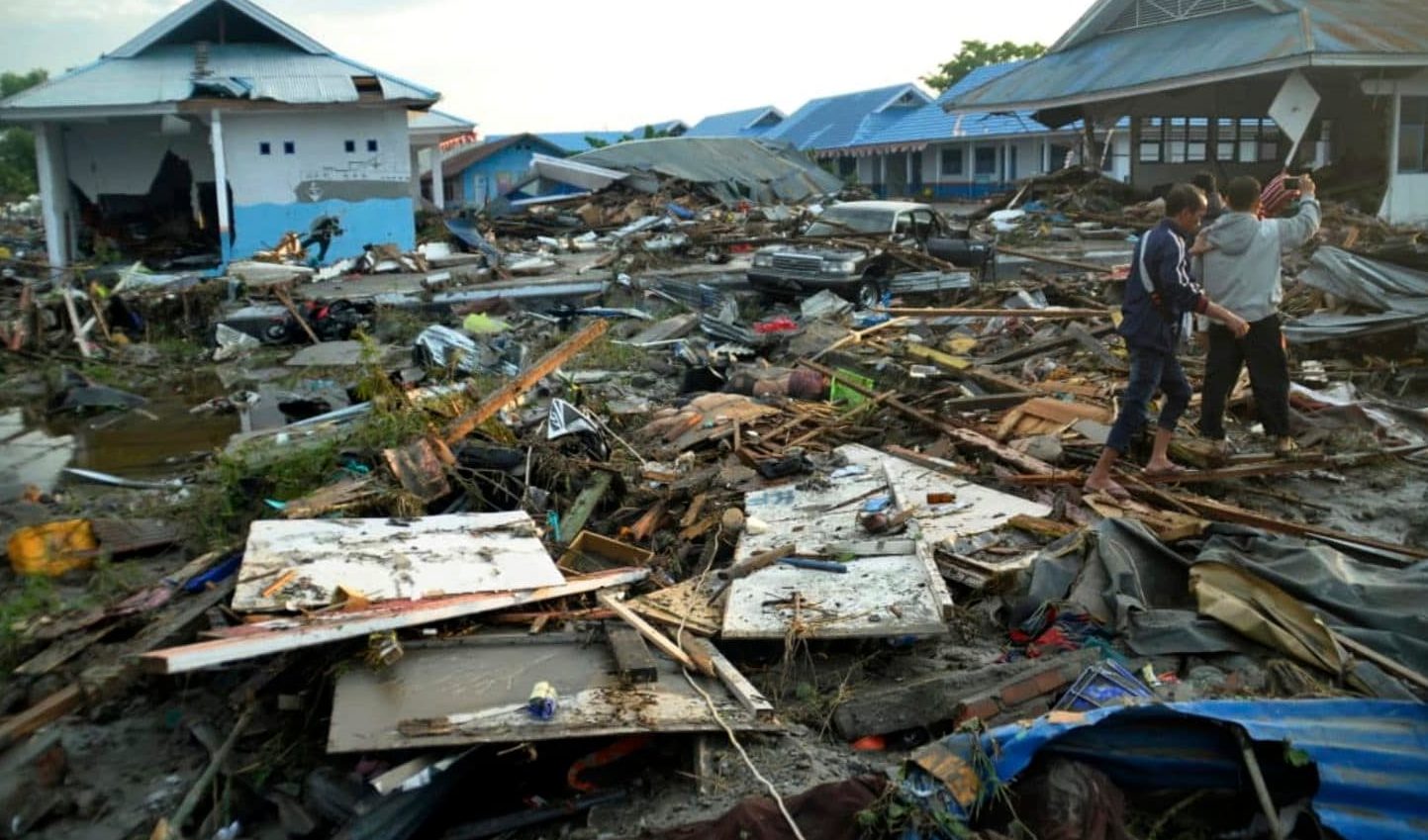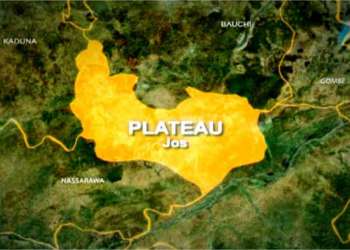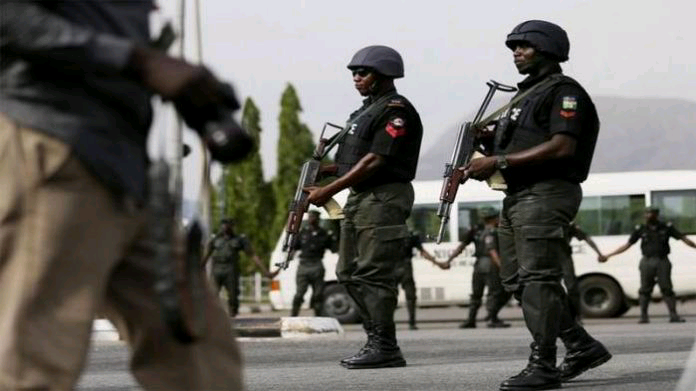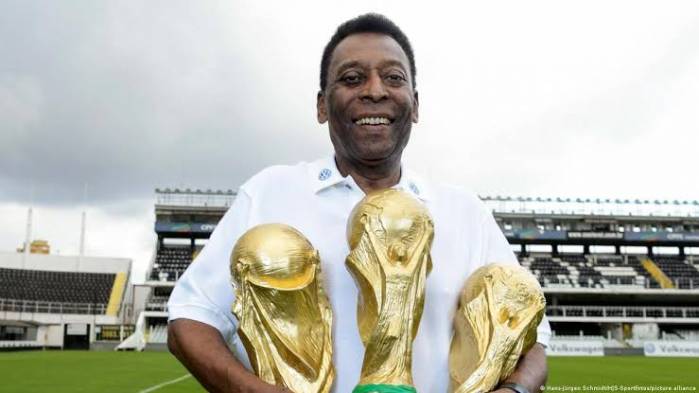A picture of large scale destruction is emerging in the Indonesian city of Palu, after a quake and tsunami struck on Friday.
At least 832 people are confirmed to have died but that figure is expected to rise sharply as more remote areas are reached.
The authorities have said they will begin burying victims in mass graves, fearing disease could begin to spread.
Dozens of people are thought to be trapped alive under the rubble.
In Palu, rescuers are awaiting heavy machinery to search the ruins of a hotel and a shopping centre as aftershocks made it unsafe for them to go in.
“Communication is limited, heavy machinery is limited… it’s not enough for the numbers of buildings that collapsed,” said Sutopo Purwo Nugroho, spokesman for the National Disaster Mitigation Agency.
A tsunami warning had been issued after the magnitude 7.5 earthquake hit on Friday, but it is unclear whether it was still in place when the waves hit.
Videos show people screaming as 6m-high waves power over the beach – where a festival was being set-up – sweeping up everything in their path.
Indonesian President Joko Widodo visited the region to urge a “day and night” effort to rescue survivors.
Mr. Widodo has also agreed to accept international help for disaster response and relief, Thomas Lembong, the head of the Indonesian investment board said on Twitter on Monday.
Blocked roads, a damaged airport and broken telecommunications have made it difficult to bring help into the affected area, and impossible to contact more remote regions.
“We don’t know for sure what is the impact,” said Mr. Nugroho.
Local media report that mobile phone signals have been detected in the rubble of the shopping mall in Palu, and shouts have been heard under the debris of the Roa Roa Hotel.
READ ALSO: Google: Wizkid, Davido, Linda Ikeji, Buhari, others top search list
Nafta: US and Canada reach new trade deal
The US and Canada have reached a deal to reform the North American Free Trade Agreement (Nafta) after last minute negotiations.
The deal is said to involve more US access to Canada’s dairy market and a cap on Canada’s car exports to the US.
Nafta governs more than $1tr (£767bn) in trade between the two and Mexico.
Mexico and the US have already agreed new terms, and only recently it looked as if Canada could be excluded in a final agreement.
“Today, Canada and the United States reached an agreement, alongside Mexico, on a new, modernized trade agreement for the 21st Century: the United States-Mexico-Canada Agreement,” US Trade Representative Robert Lighthizer and Canadian Foreign Affairs Minister Chrystia Freeland said in a joint statement.
The agreement “will give our workers, farmers, ranchers and businesses a high-standard trade agreement that will result in freer markets, fairer trade and robust economic growth in our region.”
The joint US-Canada statement did not include details of the revised terms. However, the deal is expected to contain key provisions on Canada’s dairy industry and car exports to the US.
US farmers will have access to about 3.5% of Canada’s dairy market, Reuters reported, citing sources.
Canada is also reported to have secured some protections for automobile industry against potential US tariffs.












